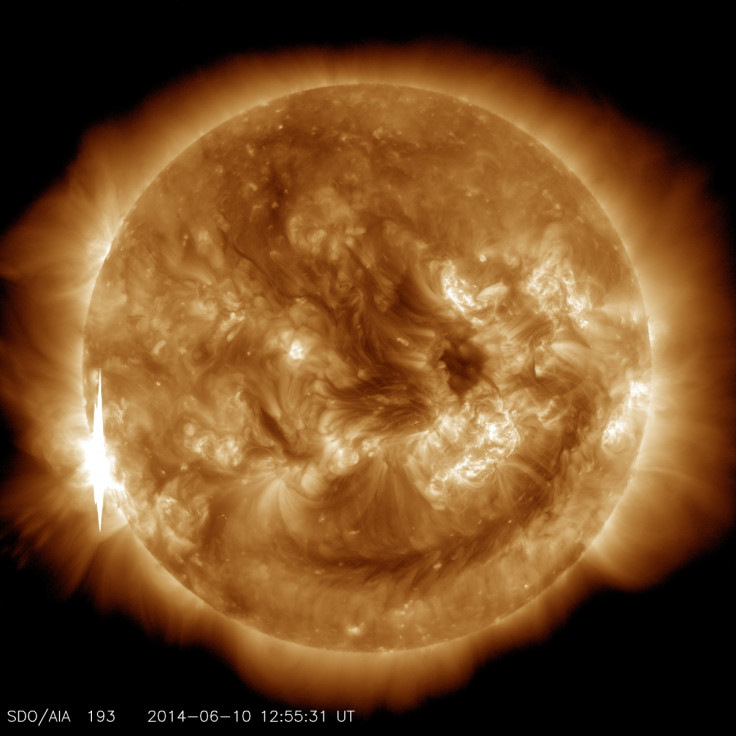Intense Solar Storm Expected to Strike Earth on Friday 13th

An intense solar storm is expected to hit Earth on Friday 13<sup>th following three X-class flares emitted by the Sun over recent days.
The sun released three powerful solar flares within two days and the effects of this are expected to reach Earth tomorrow.
All were X-Class flares – the most intense of all solar flares – and were around 10,000 times as powerful as normal flares from the Sun.
Explaining how this will affect Earth, the National Oceanic and Atmospheric Administration's (NOAA) Space Weather Prediction Centre said the storm will reach our planet on Friday 13.

"After producing a pair of R3 (Strong) Radio Blackouts in quick succession yesterday morning, active Region 2087 produced yet another R3 event today," NOAA said in a statement.
"Impacts from this activity were short-lived and affected high frequency communications for the daylit side of Earth at the time of the flare. Continuing chances for more events R3 or greater events exists. Unlike yesterday, a Coronal Mass Ejection is not believed to be associated with this latest impulsive event.
"A CME associated with the activity yesterday morning has been observed moving at a flank from Earth and a glancing blow to Earth from this event is expected on June 13. An outside chance of at most G1 (Minor) Geomagnetic storms remains in the forecast."
A Geomagnetic storm is a temporary disturbance of Earth's magnetosphere caused by solar wind.
The increase in solar wind interacts with Earth's magnetic field and transfers energy into the magnetosphere, creating a magnetic force that cause radio and radar disturbances, disruption to magnetic compasses and auroras.
In 1989, a storm led to power outages across most of Quebec and auroras could be seen as far as Texas.
Nasa said: "Solar flares are powerful bursts of radiation. Harmful radiation from a flare cannot pass through Earth's atmosphere to physically affect humans on the ground. However, when intense enough, they can disturb the atmosphere in the layer where GPS and communications signals travel."
© Copyright IBTimes 2025. All rights reserved.






















